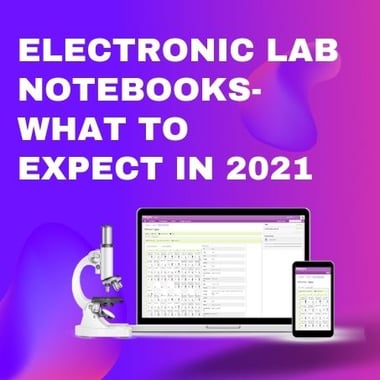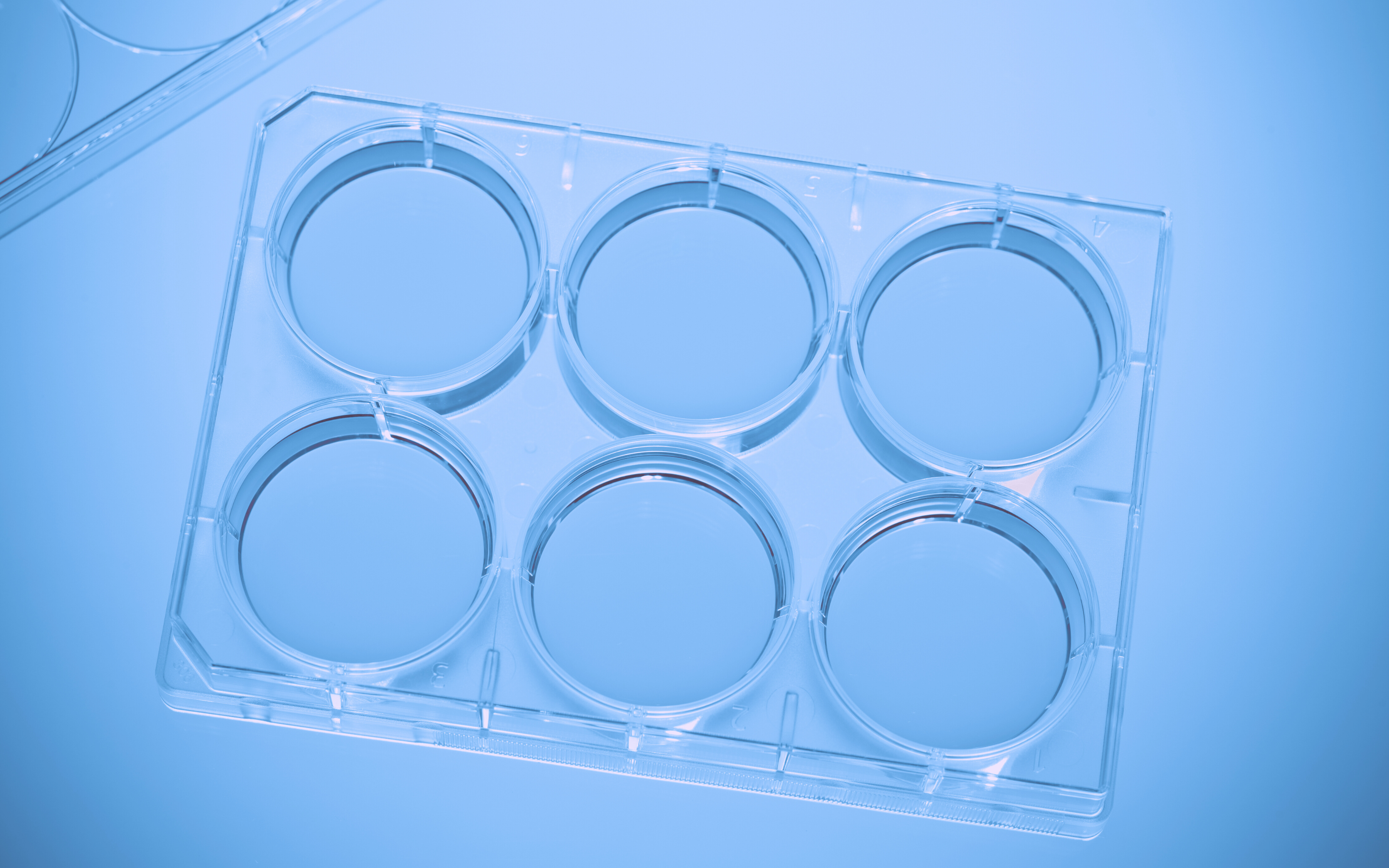The ELN market has been growing steadily over the years. Biodata was incepted in 2007, to help academia and biotech companies move from pen and paper into a software solution. There is no doubt that 13 years later, we are in a different era when it is clear that labs should work with a research data management solution– be it ELN, LIMS software or a combination. Manually recording data can result in data loss and is susceptible to human errors and security breaches. Labs deal today with an enormous amount of data, in various forms that need to be documented, maintained and analyzed. In addition, COVID19 requires us to adapt social distancing and remote working, creating a great challenge for the collaborative scientific community, laboratory research and clinical trials.
When looking at the Electronic Laboratory Notebook market today, the following is our understanding of what to expect in 2021:
Electronic Laboratory Notebook term needs an update
To date, most solutions in the market offer much more than just an Electronic Lab notebook and this term does not make justice to some of the solutions out there. It is about time that a new term that better defines the most recent all-round solution be put in use: Research Data Management Solution. For example, Labguru may have started as a classic ELN, but today it offers a combination of ELN, LIMS and Informatics software, with many features that are not just an ELN.
A growing need for data structuring
Unstructured data is a huge challenge of research labs, as data comes in various forms. It is cumbersome and time-consuming to analyze and identify patterns and of course, it is susceptible to human errors. Structuring data from multiple sources in advance makes it much easier and more productive to analyze. In addition, structuring unstructured data enables to cut personnel costs by reducing time loss and inefficiency.
The advantage of structured data, created in an enforced unified format, is clear. With the amounts of data generated, a workable unified form that enables analysis, insights, and decisions is the most practical and efficient way to use the data. Keeping your data structured can also help avoid data integrity violation. In 2021, you should strive to reduce unstructured data and look for tools that enable you to better structure your data in advance by better planning and creating order and efficiency in your lab, tools that will enable you to create form-like protocols, design automated data pipelines to consolidate data sources and connect between results to actual samples that were used, in a unified format that will be easier to analyze.
Process automation enhancements
As discussed above, there are enormous amounts of data that needs to be processed and analyzed fast. Using workflow automation and additional processes automation tools will enable labs to get to results faster and shorten time to market, tools to design steps that will happen seamlessly and as a reaction to an activity done by lab members, saving time and effort to perform those routine processes manually. The more automated processes are put in place, higher input can be acquired and a shorter time to results obtained.
Driving more insights with integrated BI solutions
It’s great to have the data organized and maintained, process automation in place, however, the ability to derive insights from the data stored is also mandatory and key when striving for efficiency and avoiding time constrains. If I had to choose an electronic laboratory notebook, I would look for one that offers BI capabilities, with dashboards that will allow management to get insights out of the lab research and operations. Look for a solution that will enable you to create and present visualized reports and accumulate data in one place to derive data-driven decisions, making your lab more efficient.
Tools for working remotely
COVID 19 changed the working environment and forced research labs to plan and work remotely as much as possible. During 2020 some companies launched features that enable scientists to work remotely but communicate within context, using incorporated video tools that work within the electronic laboratory notebook platform, capturing all the powerful data tracking, management and analysis capabilities within the application. I believe that during 2021, we will see more tools and features that enable better communication capabilities and facilitate remote work and better collaboration.
To learn more about what Labguru has to offer you


%20(4).png)

